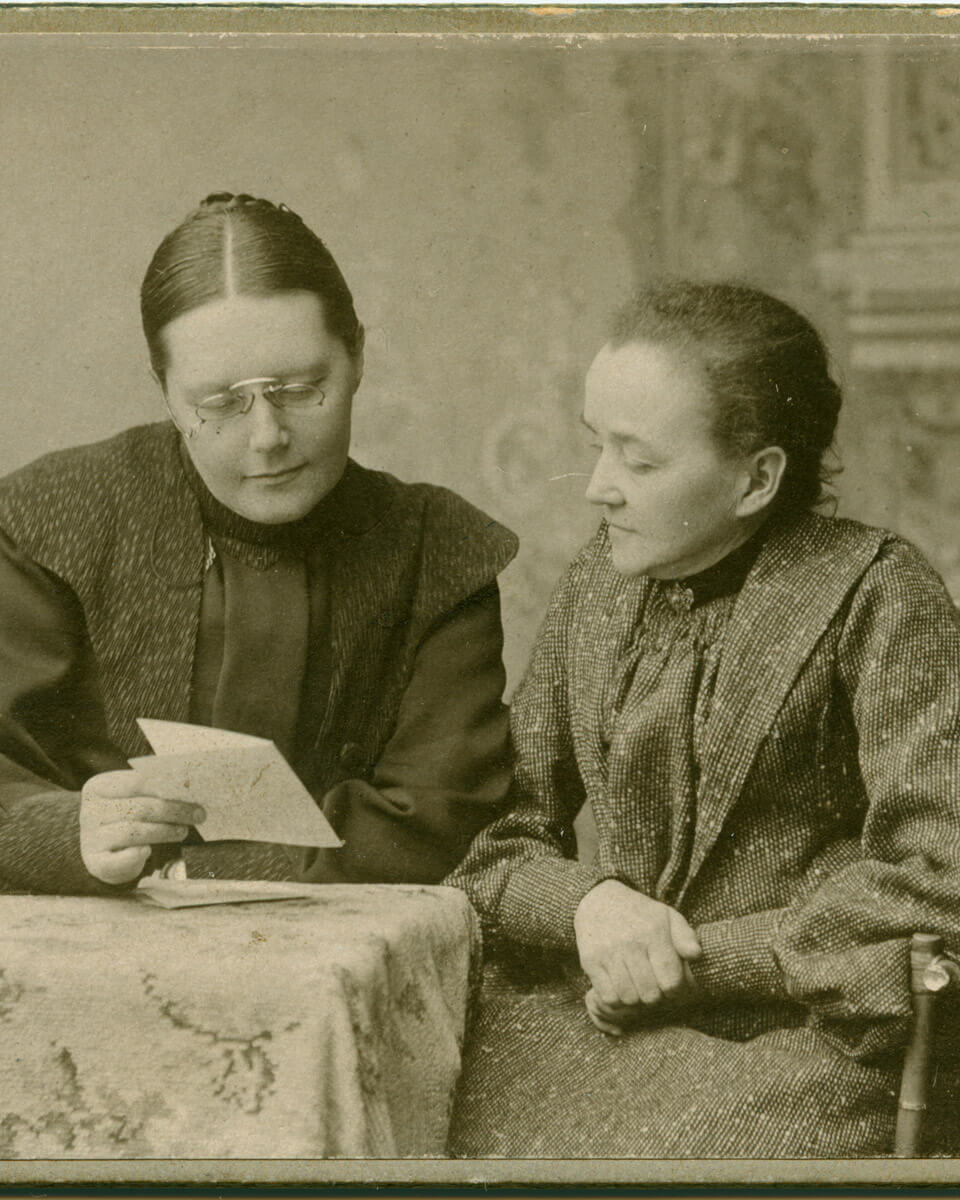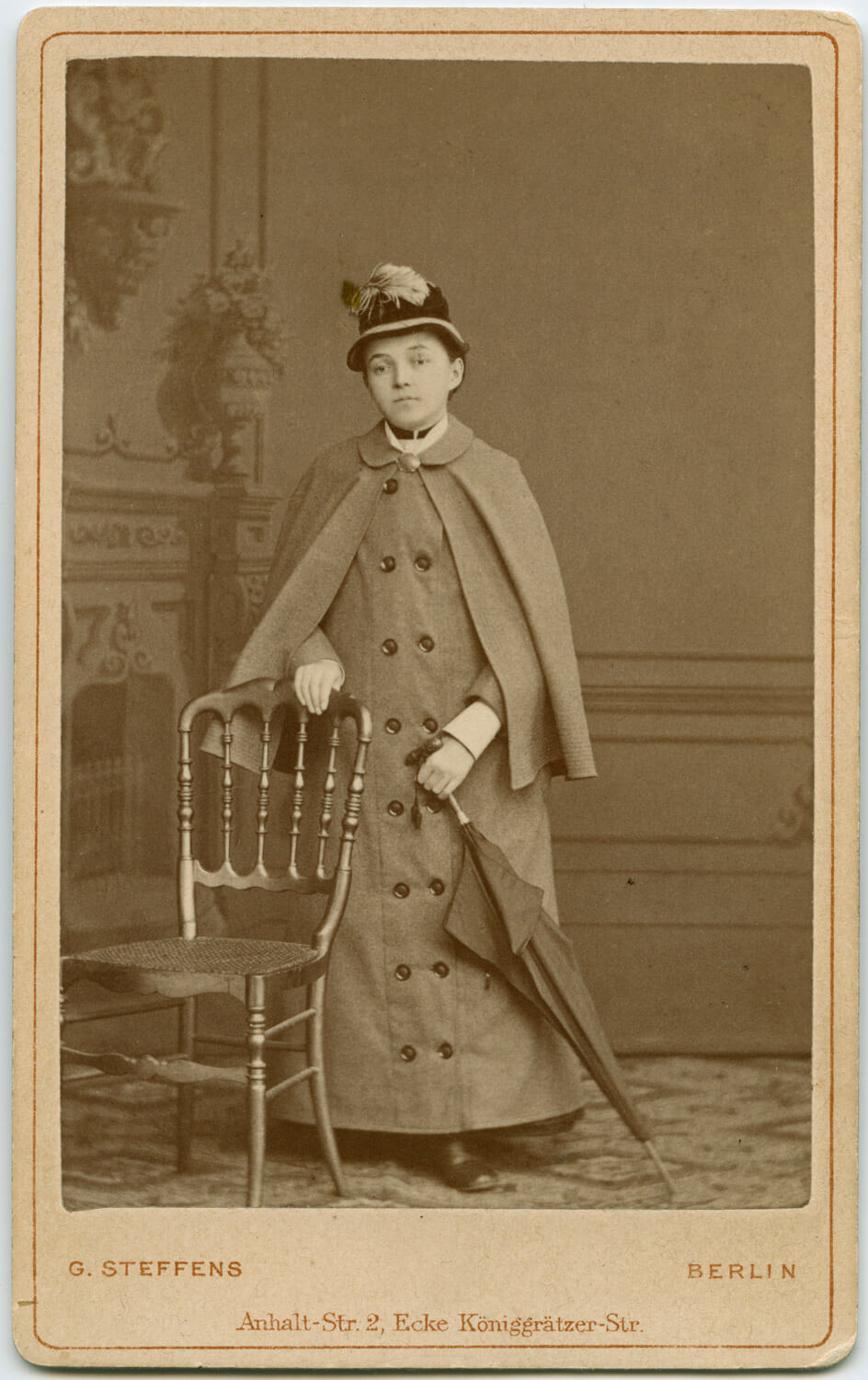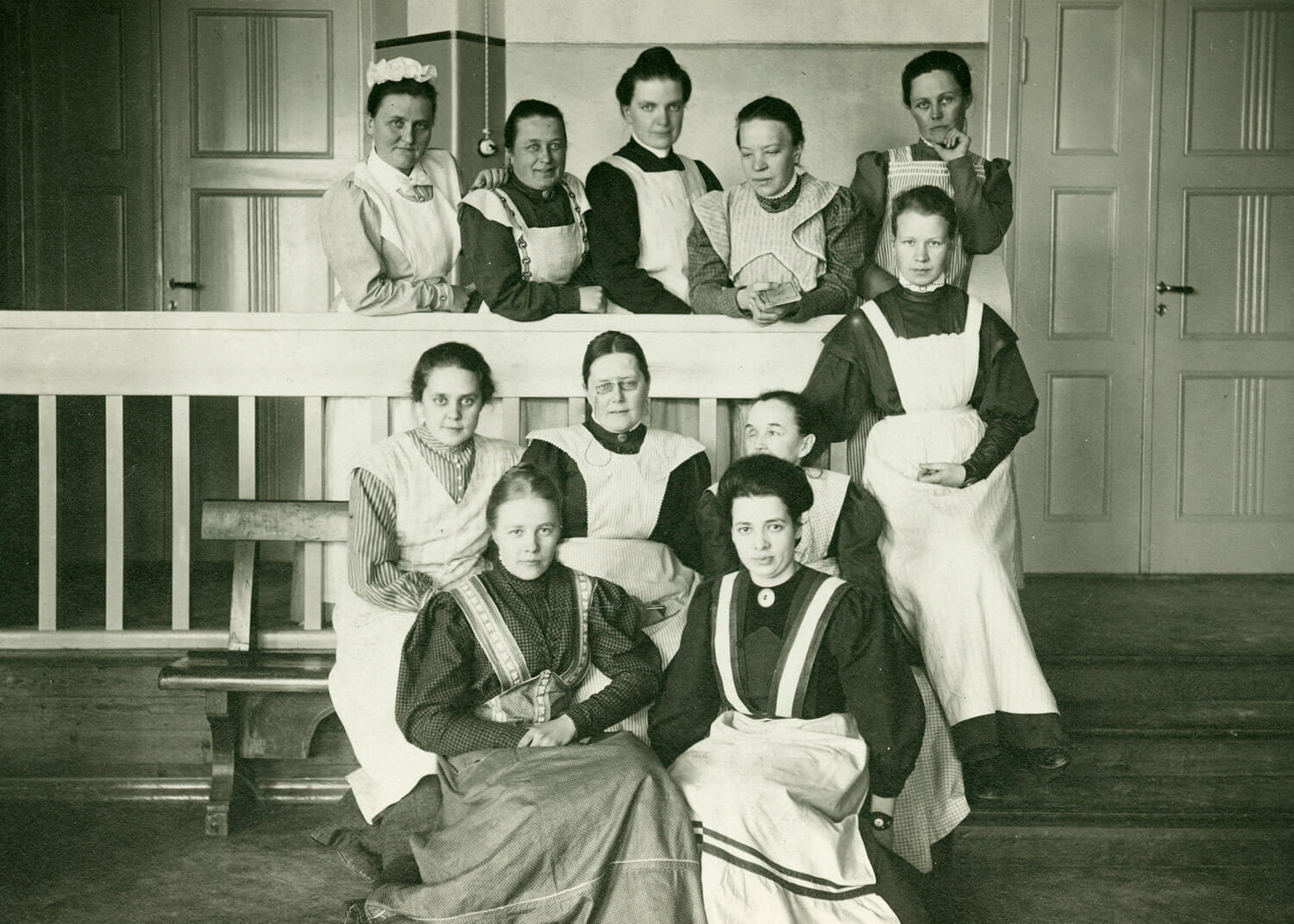Hanna and Betty
the pioneering duo of Finnish early childhood education
Hanna Rothman and Elisabeth Alander, the pioneers of Finnish kindergarten work, had extensive careers in early childhood education and teacher training. They are also called the mothers of Finnish early childhood education.
Johanna Sofia Rothman (1856–1920), called Hanna, was born in 1856 in Helsinki to the family of a housekeeper at Lapinlahti Hospital. Hanna's family belonged to the Swedish-speaking educated class but was not particularly wealthy. Hanna went to a Swedish-speaking girls' school and had already decided early on to get her profession.
After finishing school, Hanna completed so-called teacher training classes. After finishing, in 1881, she went to Berlin to study as a kindergarten teacher at the Pestalozzi-Froebel-Haus, an educational institution founded by Henriette Schrader-Breymann (1827–1899). Hanna brought the Froebelian kindergarten ideology to Finland from Berlin. The education ideology of the German educator, Friedrich Froebel (1782–1852), was based on a social-pedagogical view, which emphazised children's activity. From the teachings of Henriette Schrader-Breymann, Hanna did grasp ideas about the social significance of a folk kindergarten, the importance of housework, and the characteristics of the spiritual motherhood of an educator.
Hanna founded the first kindergarten in Helsinki in 1888, and soon after that kindergarten in Sörnäinen. As the work expanded, she got a colleague from another pioneer in Finnish kindergarten work, Elisabeth Alander. Elisabeth, Betty Alander (1856–1940) was born into the educated class family of a furniture manufacturer Alander in 1856. Like Hanna, Betty studied at a girls' school and a teacher's class, from which she received a graduation certificate in 1881. After working for a year at the Sörnäinen Kindergarten, Betty went to Berlin to study as a kindergarten teacher. She returned to Berlin several times to continue her studies but did not finish them.
Betty and Hanna continued to develop kindergarten work in Finland. In 1892, they founded early childhood teacher education in Finland and acted as the power duo of the Ebeneser house, built in 1908. The Ebeneser House operated as the only centre for early childhood education in Finland for over half a century.

Elisabet Alander and Hanna Rothman in a business card photo at the beginning of the 20th century. Photo: C.P. Dyrendahl. The Kindergarten Museum's Photography Collection.
Language skills as a guarantor of an international network
Education focused on early childhood was not available in Finland in the 1880s. Thus, first Hanna and later Betty, had to go to Berlin to study. Of course, good German language skills were a requirement for the studies, which both Swedish-speaking women possessed. Hanna diligently read the writings of various educational philosophers such as Pestalozzi, Rousseau, Herbert Spencer and Ellen Key in the original language. However, she returned to Froebel's educational ideas, as Hanna writes in her letter to Betty from 1891:
"Today, we read Spencer for the second time. I've read it few times before, yet it retains its former interest and charm. Froebel's and Spencer's theories match wonderfully. However, Froebel is a practical pedagogue. If only Froebel could be translated, make his works known."
Like Hanna, Betty also read texts by well-known education philosophers, such as Comenius, Pestalozzi and Herbart. Language-proficient women who studied at an international educational institution, had connections, and lectured abroad. In addition to Hanna and Betty, the other active members of the Finnish Kindergarten Teachers' Association (founded in 1919) were fluent in several languages. They had extensive networks in, for example, Denmark, Germany, Estonia and Sweden. Finnish association activists participated in the planning of the first Nordic kindergarten summit.

Hanna Rothman in a business card photo taken on October 13, 1881, in Berlin. Photographer: G Steffens. The Kindergarten Museum's Photography Collection.
Women's education in Finnish society at the turn of the 19th and 20th centuries
At the end of the 1880s, Hanna and Betty participated in meetings of the Finnish Women's Association, founded in 1884. Betty worked as an unpaid manager of the Women' Association's Placement and Employment Agency, before she moved into kindergarten activities. The Women's association meetings took also place in the Ebeneser house. However, at the turn of the century, the women's movement had several different views. Differences arose, among other things, between language issues, party politics, and different operating methods.
Hanna did not fully agree on views on the status of women with the Women's Association at the end of the 19th century. According to her, women were equal to men, but not the same. Hanna stressed the importance of practical work and acquiring theoretical knowledge regardless of civil status. She saw it especially important for women but also for men. Hanna Rothman resigned from the Finnish Women's Association in 1891 but continued to emphasize the importance of women's education and education.
According to Hanna, the civilization level of the nation would increase by teaching people to help themselves. Improving the status of women and children was close to her heart. However, Hanna's and Elisabeth's choices represent strong networks between women, such as the architect Wivi Lönn (1872–1966) as the designer of the Ebeneser house or the selection of the artist Hanna Frosterus-Segerståle (1867–1946) as the painter of Hanna and Elisabeth's portraits in 1924.
In both Hanna's and Betty's lives, religion was an significant part of their personal and professional life. When the kindergarten work began in the new Ebeneser house in 1908, it was natural to choose the name of the building from the Bible.
Together, Hanna and Betty, after Hanna's death, Betty alone, developed kindergarten activities and training for kindergarten teachers. The director's field of work was quite broad, including the kindergarten (Finnish-speaking and Swedish-speaking classes), the nursery section of the children's home (until 1913), the kindergarten for school children, summer camp activities and the training of kindergarten teachers. Froebel's philosophy of education was a significant focus for Betty, and she was considered an internationally respected Froebel expert in her own time.
All in all, Ebeneser served as the centre of Finnish early childhood education until the 1950s, when an independent new kindergarten seminar began operation in Tampere 1955. Ebeneser supported kindergarten activities nationwide, and teachers who graduated from the Ebeneser seminar, regularly reported their activities to Ebeneser.

Students and the leader of the course, Hanna Rothman, of Folk home's kindergarten teacher seminar, in a group photo at the end of the 1890s.
The Kindergarten Museum's Photography Collection.

